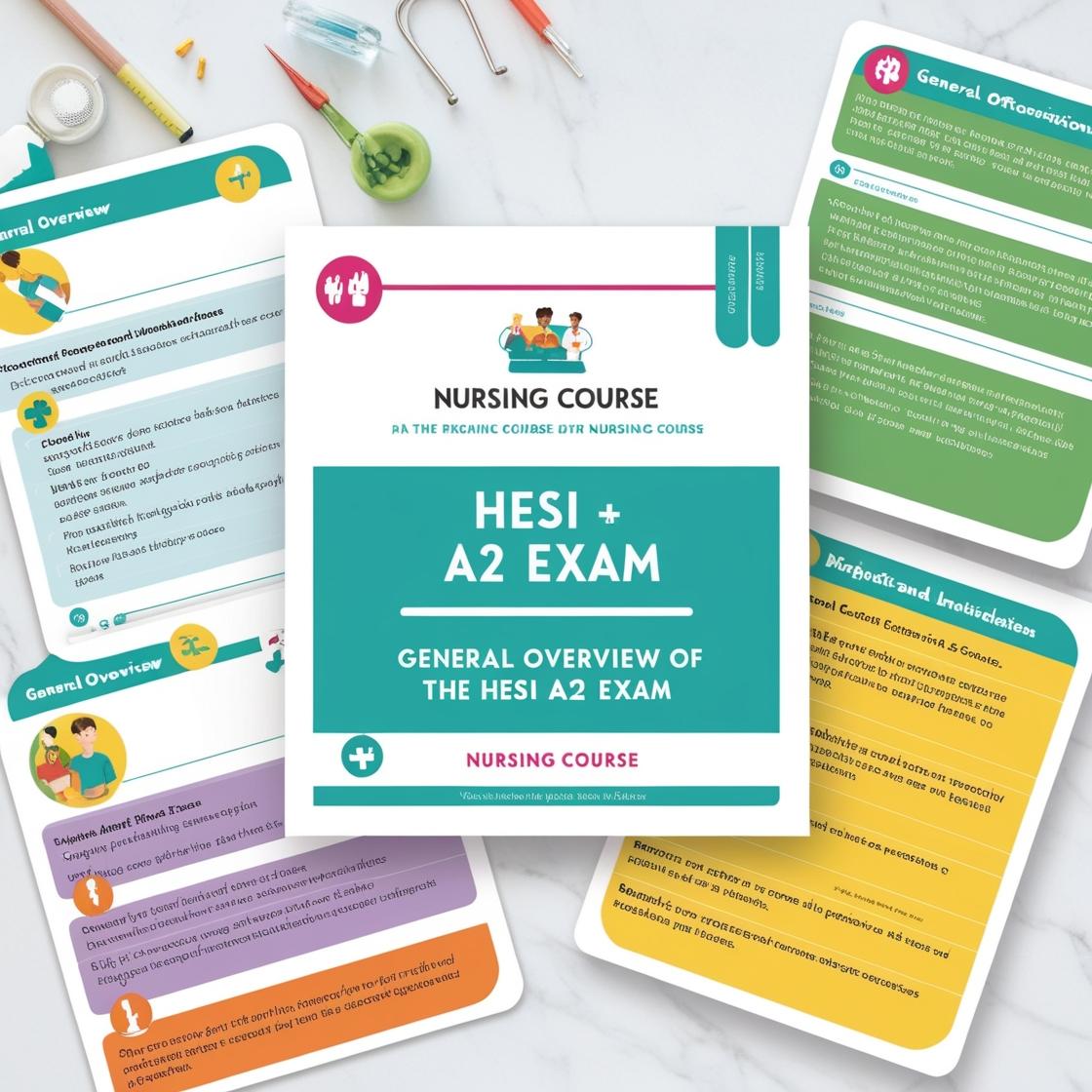HESI A2
HESI A2 Anatomy and Physiology 2023
1. The motor cortex is essential for monitoring and controlling body movements. Where is the motor cortex located within the brain?
- A. Top, middle portion of the parietal lobe
- B. Back of the head
- C. Front portion of the parietal lobe
- D. Around the auditory cortex
Correct answer: C
Rationale: The motor cortex is located in the frontal portion of the brain, specifically in the precentral gyrus of the frontal lobe. It plays a crucial role in planning, controlling, and executing voluntary movements. Choice A, 'Top, middle portion of the parietal lobe,' is incorrect because the motor cortex is not located in the parietal lobe but rather in the frontal lobe. Choice B, 'Back of the head,' is incorrect as it refers to the occipital lobe, not where the motor cortex is situated. Choice D, 'Around the auditory cortex,' is incorrect as the motor cortex is not located around the auditory cortex but in the frontal lobe, as mentioned earlier.
2. Which hormone is responsible for the regulation of calcium levels in the blood?
- A. Insulin
- B. Parathyroid hormone
- C. Cortisol
- D. Melatonin
Correct answer: B
Rationale: Parathyroid hormone, produced by the parathyroid glands, is responsible for regulating calcium levels in the blood. It achieves this by increasing calcium absorption in the intestines and kidneys, thus maintaining appropriate calcium levels in the bloodstream. Insulin is involved in glucose metabolism, not calcium regulation. Cortisol is a stress hormone that affects various body functions but not calcium levels. Melatonin is responsible for regulating the sleep-wake cycle, not calcium levels.
3. What is the function of the liver in the digestive system?
- A. To store glucose
- B. To produce bile
- C. To detoxify harmful substances
- D. To absorb nutrients
Correct answer: B
Rationale: The correct answer is B: To produce bile. The liver's primary function in the digestive system is to produce bile. Bile is essential for the digestion and absorption of fats in the small intestine. It helps emulsify fats, making it easier for enzymes to break them down into smaller molecules for absorption. Choices A, C, and D are incorrect as storing glucose is primarily done in the liver for energy maintenance, detoxifying harmful substances is a function of the liver related to metabolism but not specifically in the digestive system, and absorbing nutrients is mainly done in the small intestine rather than the liver.
4. What substance makes up the pads that provide support between the vertebrae?
- A. bone
- B. cartilage
- C. tendon
- D. fat
Correct answer: B
Rationale: Cartilage is the correct answer as it is the substance that makes up the pads between the vertebrae. Cartilage provides cushioning and support between the bones of the spine, allowing for flexibility and preventing friction between the vertebrae. Bone (choice A) is incorrect as it forms the structure of the vertebrae, not the intervertebral discs. Tendon (choice C) is incorrect as it connects muscle to bone and is not found between the vertebrae. Fat (choice D) is incorrect as it is not the substance that makes up the pads between the vertebrae.
5. What is the most visible part of the ear called?
- A. Cochlea
- B. Pinna
- C. Ear canal
- D. Organ of Corti
Correct answer: B
Rationale: The pinna, also known as the auricle, is the most visible part of the ear. It is responsible for capturing sound waves and directing them into the ear canal, where the process of hearing begins. The other structures mentioned, such as the cochlea, ear canal, and organ of Corti, play crucial roles in the auditory system but are not the most visible parts of the ear. The cochlea is a spiral-shaped cavity responsible for converting sound vibrations into neural signals. The ear canal is a tube that connects the outer ear to the eardrum. The organ of Corti is the actual sensory organ of hearing located in the cochlea.
Similar Questions

Access More Features
HESI A2 Basic
$99/ 30 days
- 3,000 Questions with answers
- 30 days access @ $99
HESI A2 Premium
$149.99/ 90 days
- Actual HESI A 2 Questions
- 3,000 questions with answers
- 90 days access @ $149.99
